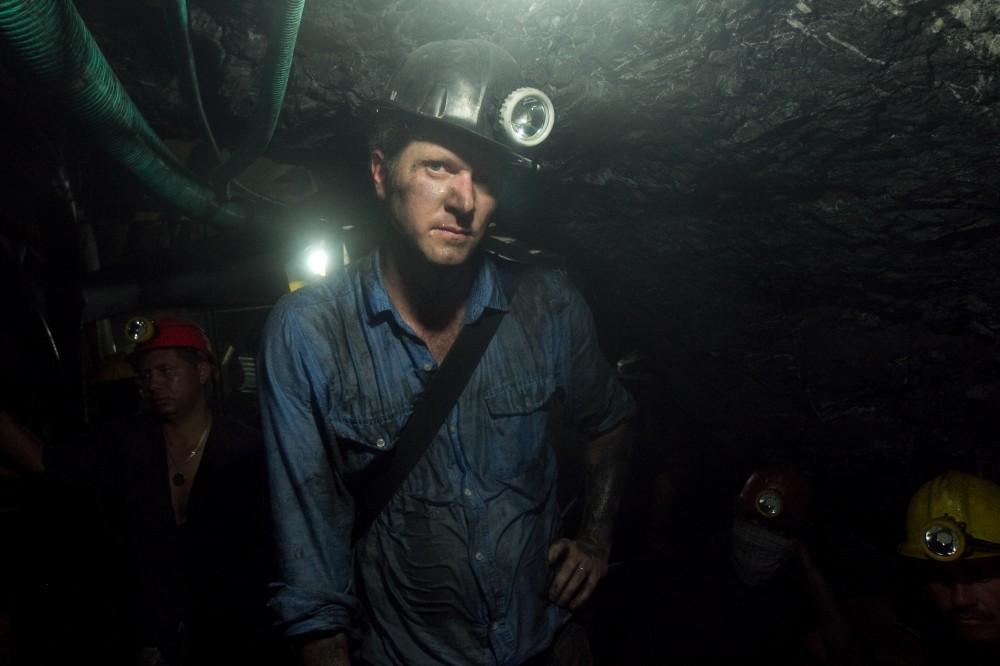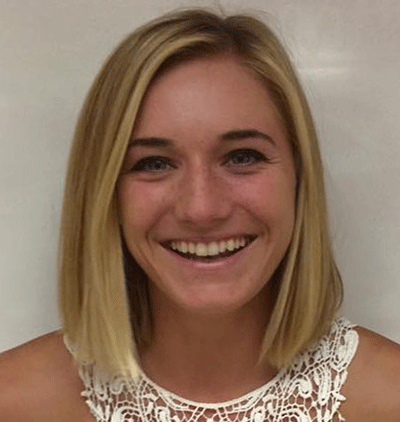
Imagine navigating seven different countries, talking to some of the top dogs in the global emerald trade and gathering film evidence portraying that danger and excitement abroad. That’s just a page ripped out of the book of Brian Brazeal.
“I travel all the time,” the anthropology professor said. “Anthropology is based on fieldwork, so when you study this stuff, you have to go there and live with the people who are doing the things that you’re trying to study.”
Brazeal witnessed firsthand the nature of the emerald trade, he said.
His journey started in Brazil with a wedding gift. Brazeal’s close friend was about to tie the knot, and he heard through the grapevine that a mine was nearby. What better present for two lovers than a chunk of green rock?
Nearing the mines, he found a crowded outdoor market for gemstones. Enormous heaps of rough emeralds were being pushed back and forth between traders, families and Brazilian citizens.
“I mean, you go to a jewelry store and you see black velvet and pretty people and soft light,” Brazeal said. “But this was just country dudes yelling numbers back and forth and pushing stones back and forth, and I’m like, ‘I’m going to study this. I’m going to come back and figure out what’s going on here.'”
Wanting to know where the emeralds were coming from, he wandered into a mining office. Reading the shipping quotes that lined the walls, Brazeal found his next destination — India.
There, he spent a few months living with Jains, a peace-loving religious minority group in India.The Jain traders had an eye for high value stuff, especially emeralds, which they had been bartering in the country for centuries.
“They were all super nice, but deeply religious — scholars and philosophers,” Brazeal said.
They prefer to deal in emeralds from the southern African country of Zambia. Shipping off to Zambia, Brazeal went to the the biggest mines in the world which are administered by a publicly traded British mining company.
Alongside the larger, legal establishment were a heap of smaller operations.
“There’s a bunch of little, mini-mines that people run more or less kind of legally,” he said. “And then there are these things called illegal miners, who are basically scavenging on the dumpsites of the other mines trying to find anything that they can find.”
From Zambia, Brazeal went to New York, where he came into contact with a Jewish community whose ancestors escaped from the oppression they experienced in Islamic countries in 19th and 20th centuries. This group had been pretending to practice Islamic religion while secretly maintaining their Jewish practices until they migrated to the U.S. and invested in the emerald business.
“There are only a few thousand of them, and they’re all cousins,” Brazeal said.”They have all been cousins for the past 200 years.”
This Jewish community led Brazeal to his final destination: Colombia, a country that has been producing emeralds for almost 500 years.
Don Victor Carranza emerged as the top don in Colombia’s emerald trade. Brazeal credited him as the glue that held that industry together in Colombia.
Carranza ran the emerald trade with iron fist. Consequently, many also tried to kill Carranza.
“He was already an old man when someone attacked his motorcade with a bazooka, and he hops out and pulls a gun off his dead bodyguard and is shooting back at the people,” Brazeal said. “It’s real down there.”
Carranza died of cancer in April 2013, a month before Brazeal arrived in the country with his family. Knowing the history and expecting turmoil following Carranza’s death, Brazeal was concerned he and his family were walking into a bloodbath but what he found was people who were optimistic and eager to talk to him about the business.
“I was comfortable going down there with my wife and infant daughter,” he said.
Through the connections Brazeal made on his travels, he was quite popular with the people in Colombia. He received about 30 on-camera interviews and hundreds of pages of notes along with filming footage for a new anthropological video project.
The experience was surreal, he said.
“The emeralds are so nice,” he said. “I’m holding these million dollar stones in my hands and it’s crazy. Now I’m here, back teaching class at Chico State.”
Check out all the ground that Brazeal covered during his travels across the world:
Stephanie Schmieding can be reached at featureseditor@theorion.com or @stephbottt on twitter.






